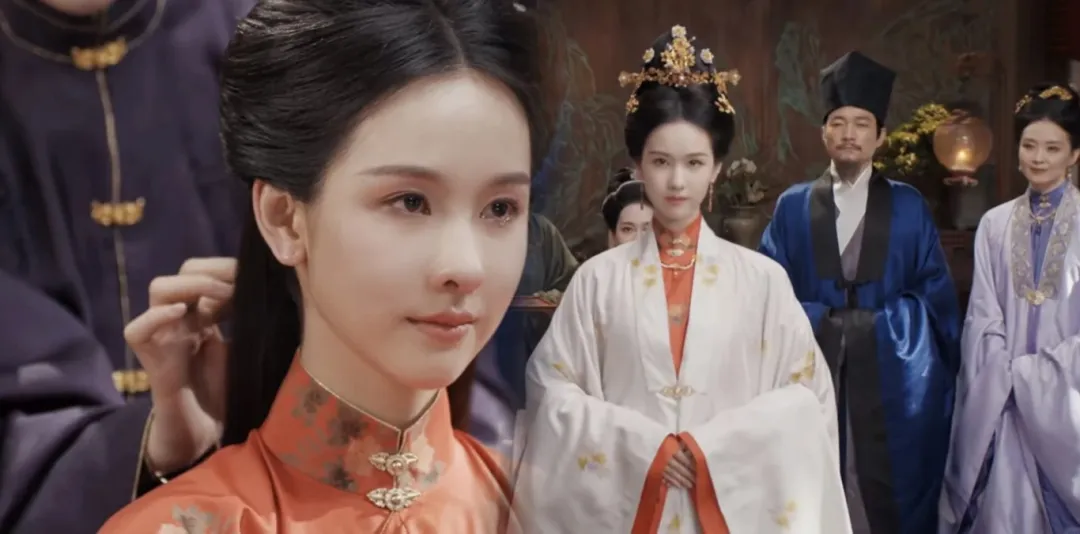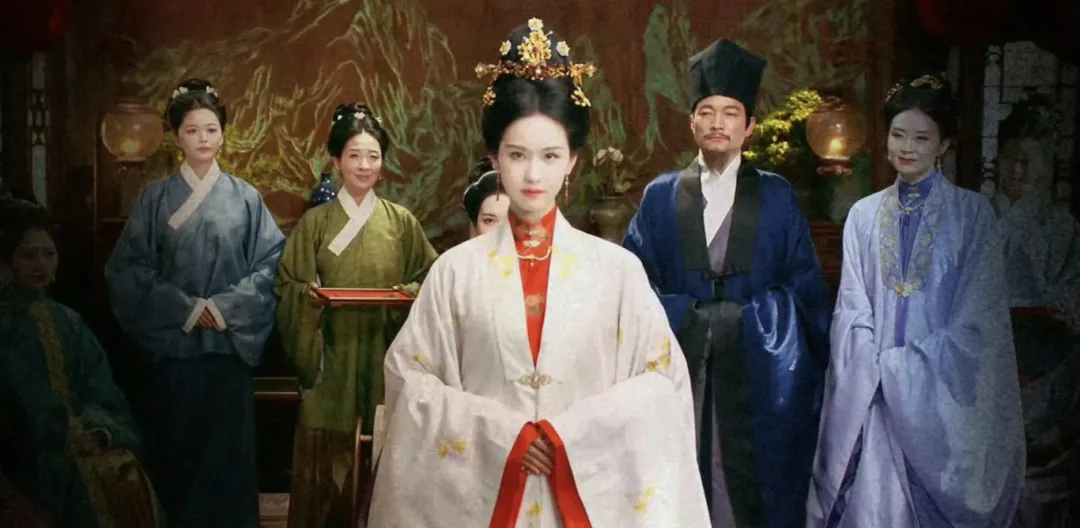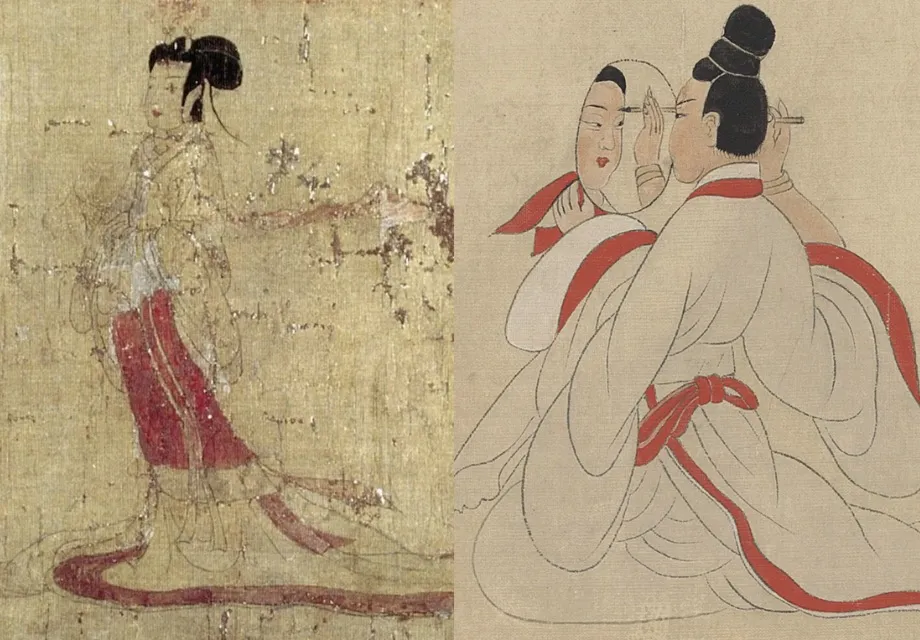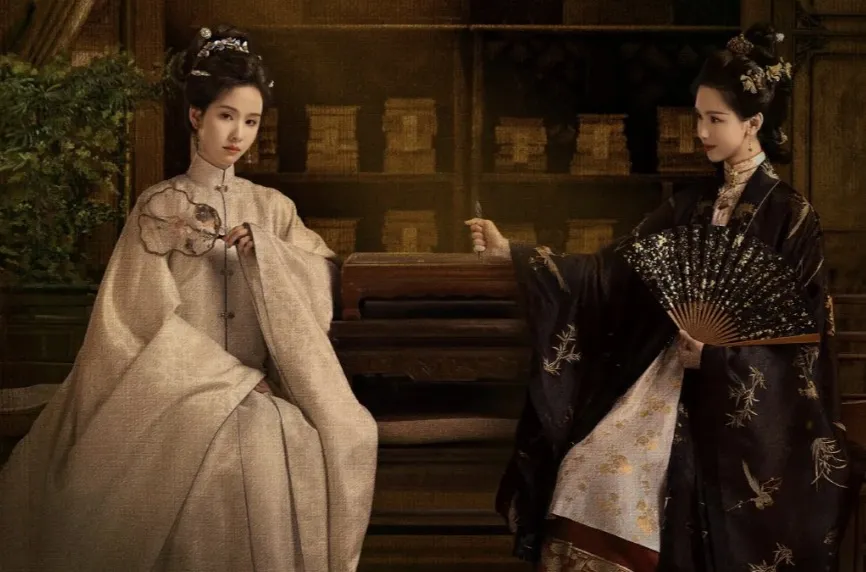In the period drama When the Wild Geese Return, Chen Duling's character Zhuang Hanyan wore white at her coming-of-age ceremony, sparking online discussions: 'Isn't this inauspicious?' Actually, ancient Chinese society wasn't overly sensitive to wearing white. The misconception arises from its association with mourning attire, but mourning clothes were made of undyed hemp with a yellowish tint, and their colors varied due to different materials. In fact, white was sometimes worn during festivals, and it was more 'prestigious' than people think. Some online claims that the character wore white as a symbol of revenge are overinterpretations.
Here's a quick overview of historical contexts for wearing 'white' in ancient China: White was one of the five traditional colors. Huainanzi states, 'When white is established, the five colors are complete,' highlighting its fundamental role. However, ancient Chinese white wasn't pure white by modern standards.
Mourning garments were made of natural hemp, which was yellowish. Commoners' everyday work - wear was also undyed as dyes were costly, making plain fabrics practical. During the Sui dynasty, officials above the fifth rank wore purple; those below wore red or green; clerks wore blue; commoners wore white; butchers and merchants wore black; soldiers wore yellow. In The Book of Songs, 'a gleaming white steed' symbolized virtuous individuals.
Undergarments were often white, similar to modern white shirts. During the Han and Jin dynasties, white was used in wedding attire. For example, Records of the Eastern Palace documented white gauze and silk garments for royal weddings. The plain silk gown from the Mawangdui tomb, now yellowed due to oxidation, was originally white or light - colored. The Book of Later Han records that court attire followed the 'five seasonal colors'—green for spring, red for summer, yellow for late summer, white for autumn, and black for winter—though black was often worn year - round.
Commoners wore muted tones like brown, gray, or pale green. During the Song and Ming dynasties, Neo - Confucianism popularized light colors like white, blue, and gray. The Song dynasty saw trends like'moonlight robes' and white hats, while the Ming favored pale blue - white jackets. White dye likely came from minerals like mica or lead carbonate. The popularity of white in the Song and Ming eras may be due to advancements in dyeing techniques, reducing costs. Achieving modern pure white required costly multi - layer dyeing, limiting its use to formal occasions or affluent households. In the drama, the 'white' garments often had subtle patterns or gold weaving, making them less stark. Similarly, black wasn't just for mourning; both colors were considered dignified and formal in traditional Chinese culture.




